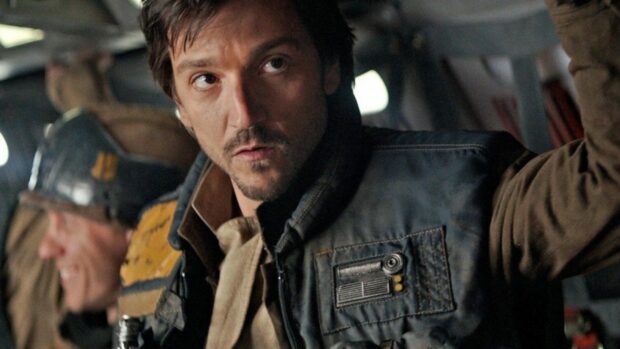I was completely wrong to dismiss Andor after the rather sluggish and dull first three episodes because it turned into arguably the best Star Wars saga outside of the original trilogy.
This feels like the series that the team at Lucasfilm needed to make to prove to the world that the Star Wars universe can go deeper and darker.
Before now, their success rate with TV spin-offs has been patchy at best. The Western-influenced The Madalorian was undeniably fun but The Book Of Boba Fett and Obi-Wan were sometimes embarrassingly bad and really hit home that the viewership Lucasfilm was gunning for was easy-to-please fans and children.
The thing that makes Andor great is that it’s a political spy thriller first and a Star Wars series second.
It feels as though creator Tony Gilroy had a story he wanted to tell, about citizens living under and fighting against oppression, and the fact he could use Star Wars iconography to tell it was a bonus. Having watched 12 episodes, I’m not even sure if he’s the biggest Star Wars fan.
The series, set during the early days of the Rebel Alliance against the Empire, is structured as though it is three different genres of movies.
The first three episodes, which showed us the origins of Cassian Andor (Diego Luna), were set on the gloomy industrial planet of Morlana One and although I found the political machinations a bit too languid for my tastes, in hindsight I can see why they needed to exist in the series.
But after that slow start, we were off to the races with a thrilling three-episode heist storyline and a nail-biting prison break subplot.
In fact, each story arc was so accomplished and rich in detail that they could have easily worked as standalone Star Wars movies.
If Lucasfilm is brave enough to stick with this adult, realistic tone for future Star Wars series, the outlook is very, very bright for the galaxy far, far away.

